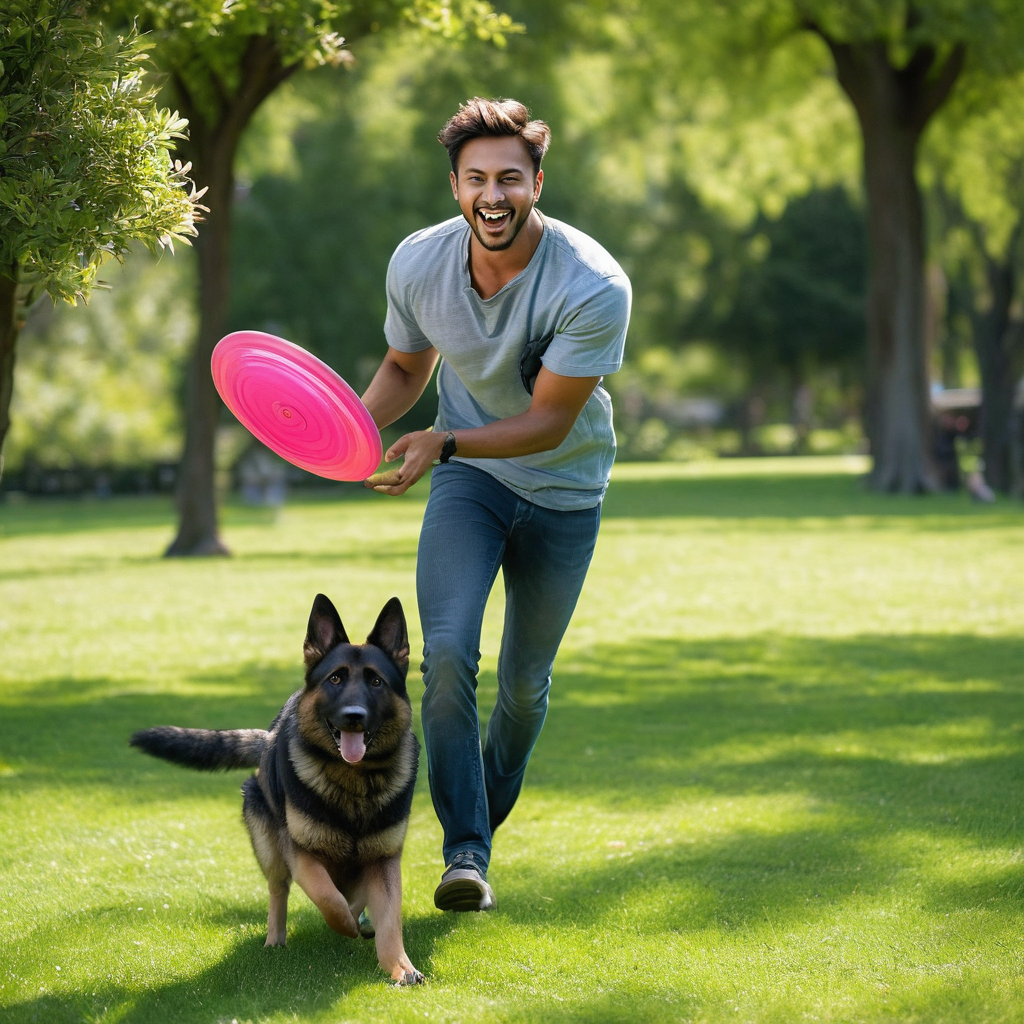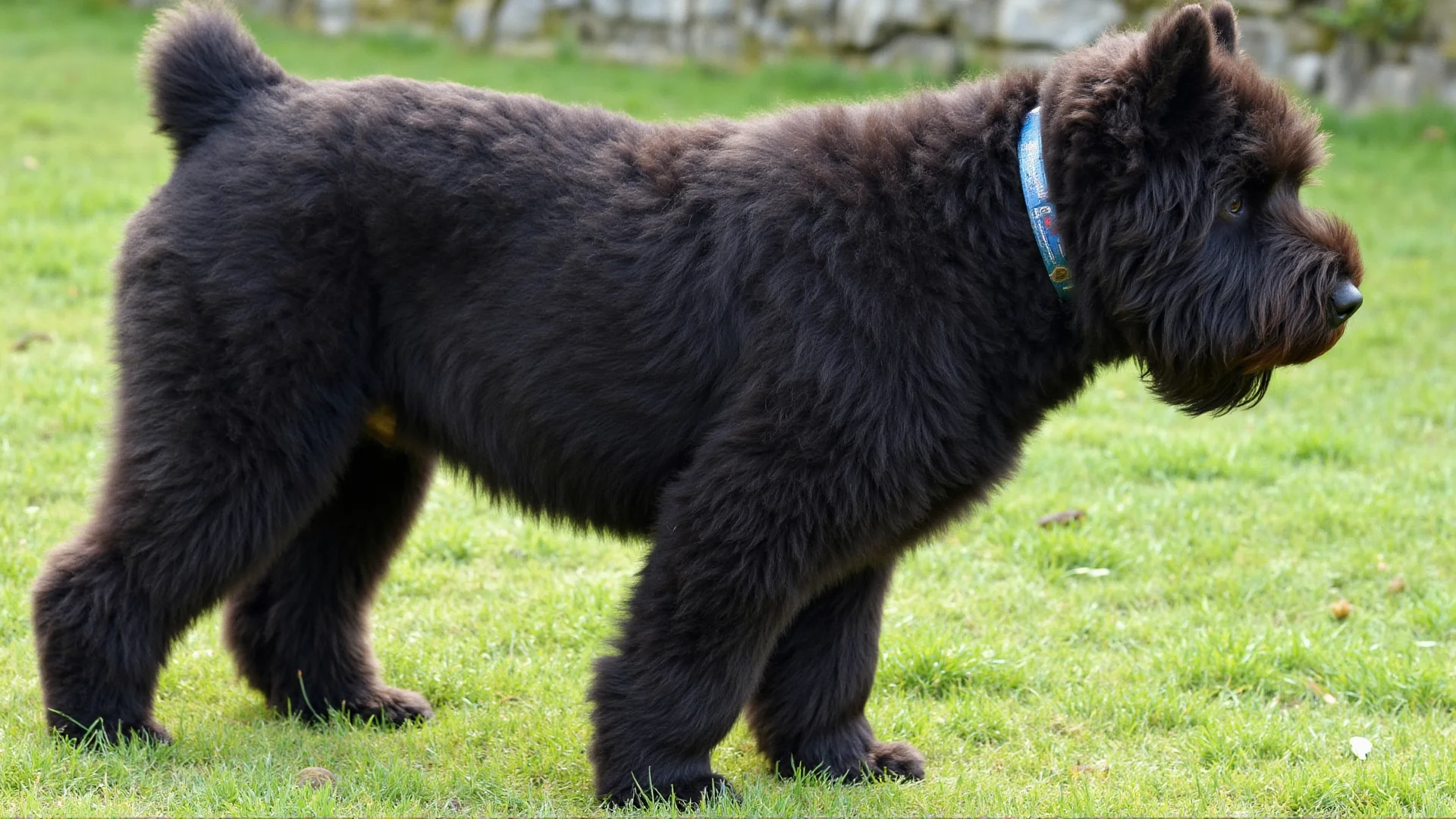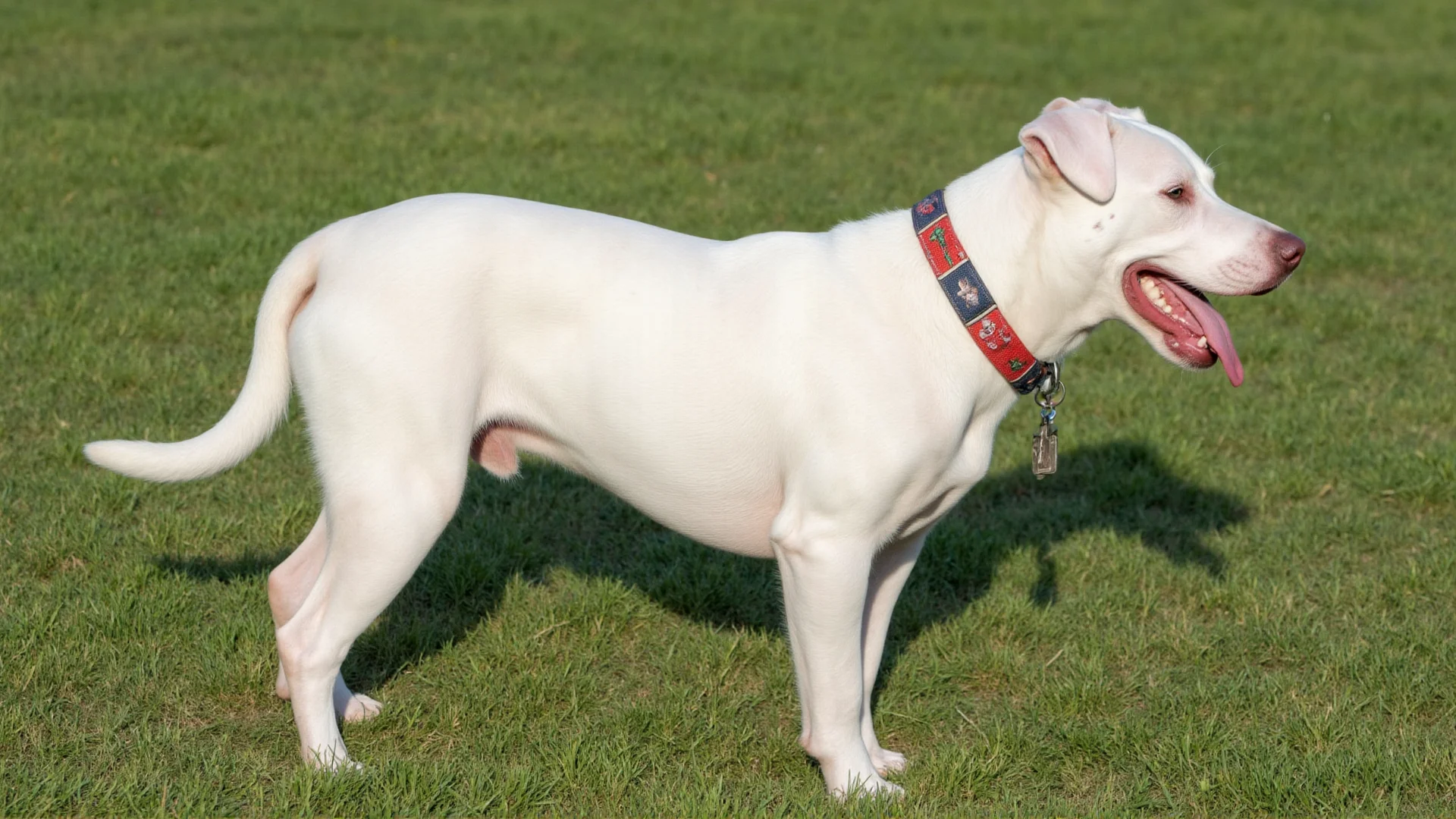The Complete Guide to Training Your Pit Bull: Building a Well-Behaved and Confident Companion
Pit Bulls are among the most misunderstood dog breeds, yet they possess incredible intelligence, loyalty, and an eagerness to please that makes them exceptional training candidates. With proper training techniques and consistent effort, your Pit Bull can become a well-behaved, confident companion that brings joy to your family and positively represents the breed.
Understanding the Pit Bull Temperament
Before diving into specific training techniques, it's crucial to understand what makes Pit Bulls unique. These dogs were originally bred for their strength, determination, and loyalty to their handlers. Today's Pit Bulls retain these characteristics, which can be channeled positively through proper training.
Key Characteristics That Affect Training:
- High Intelligence: Pit Bulls learn quickly and can master complex commands
- Strong Drive: They're motivated by praise, treats, and physical activity
- People-Oriented: They naturally want to please their human family
- Physical Strength: Training must address their power and energy levels
- Determination: Once they set their mind to something, they're persistent
Starting with Foundation Training
Successful Pit Bull training begins with establishing clear communication and mutual respect. Start with these fundamental principles:
1. Establish Leadership Through Positive Methods
Pit Bulls respond best to confident, consistent leadership. This doesn't mean being harsh or dominant, but rather being a reliable guide who sets clear boundaries and expectations.
2. Use Positive Reinforcement
Reward-based training is the most effective approach for Pit Bulls. Use high-value treats, enthusiastic praise, and play as rewards for good behavior. This builds confidence and strengthens your bond.
3. Keep Sessions Short and Engaging
Pit Bulls have excellent focus, but like all dogs, they learn best in short, frequent sessions. Aim for 10-15 minute training periods, 2-3 times daily.
Essential Commands Every Pit Bull Should Know
1. "Sit" - The Foundation Command
Teaching "sit" is often the first step in any training program. Hold a treat close to your Pit Bull's nose, slowly lift it over their head, and say "sit." As their head follows the treat, their bottom will naturally touch the ground. Immediately reward and praise.
2. "Stay" - Building Impulse Control
Start with your dog in the sit position. Hold your hand up in a "stop" gesture and take one small step back. If they stay, immediately return and reward. Gradually increase distance and duration.
3. "Come" - The Life-Saving Recall
Begin in a small, enclosed area. Get down to your dog's level, open your arms, and say "come" in an excited voice. When they reach you, reward generously. Never call your dog to come for something they perceive as negative.
4. "Down" - Teaching Calm Submission
From the sit position, hold a treat to your dog's nose and slowly lower it to the ground between their paws. As they follow the treat, their body should lower. Say "down" and reward when their elbows touch the ground.
5. "Leave It" - Preventing Resource Guarding
This command is particularly important for Pit Bulls. Hold a treat in your closed fist, let them sniff but not get it. When they stop trying and look at you, say "leave it" and give them a different treat from your other hand.
Addressing Pit Bull-Specific Training Challenges
Managing Strong Pulling on Leash
Pit Bulls are powerful dogs that can easily pull their owners. Teach loose-leash walking by stopping immediately when they pull. Only move forward when the leash is slack. Consider using a front-clip harness for better control during training.
Controlling Jumping Behavior
These enthusiastic dogs often jump to greet people. Train an alternative behavior like "sit to greet." Have family members and visitors ignore jumping and only give attention when all four paws are on the ground.
Bite Inhibition and Gentle Play
Teach your Pit Bull to control the force of their mouth through gentle play. If they bite too hard during play, yelp loudly and stop the interaction. This mimics how puppies learn from their littermates.
Advanced Training Techniques
Agility and Mental Stimulation
Pit Bulls excel at agility training, which provides both physical exercise and mental challenges. Start with simple obstacles like tunnels and low jumps. This type of training builds confidence and strengthens your bond.
Therapy Dog Training
Many Pit Bulls have the temperament to become excellent therapy dogs. This requires advanced obedience training, extensive socialization, and specific temperament testing. Contact local therapy dog organizations for guidance.
Protection Training vs. Guard Dog Training
While Pit Bulls are naturally protective, formal protection training should only be undertaken by professionals. Focus instead on training your dog to alert you to visitors while remaining under your control.
Socialization: The Key to a Well-Rounded Pit Bull
Proper socialization is arguably more important than obedience training for Pit Bulls. Due to breed stereotypes, a well-socialized Pit Bull becomes an ambassador for the entire breed.
Early Socialization (Puppies 8-16 weeks)
- Expose to various people of different ages, ethnicities, and sizes
- Introduce to other vaccinated, friendly dogs
- Experience different environments: parks, pet stores, busy streets
- Handle paws, ears, and mouth regularly for vet visits
Ongoing Socialization (Throughout Life)
Socialization doesn't end after puppyhood. Continue exposing your Pit Bull to new experiences throughout their life to maintain their confidence and adaptability.
Common Training Mistakes to Avoid
1. Inconsistent Rules
All family members must enforce the same rules. If jumping on the couch is not allowed, everyone must be consistent in redirecting this behavior.
2. Using Fear or Intimidation
Harsh training methods can backfire with Pit Bulls, potentially creating fear-based aggression or shutting down their natural enthusiasm to learn.
3. Inadequate Exercise Before Training
Pit Bulls need physical exercise before mental training sessions. A tired dog is more focused and less likely to be distracted during training.
4. Giving Up Too Soon
Some behaviors take weeks or months to fully establish. Consistency and patience are key to successful training.
Creating a Training Schedule That Works
Consistency is crucial for Pit Bull training success. Here's a sample daily training schedule:
Morning (10 minutes)
- Basic commands review (sit, stay, down)
- Leash walking practice
Afternoon (15 minutes)
- Recall training in a secure area
- Impulse control exercises
Evening (10 minutes)
- Trick training for mental stimulation
- Calm settling exercises
When to Seek Professional Help
While many Pit Bull owners can successfully train their dogs at home, certain situations warrant professional intervention:
- Aggression toward people or other animals
- Severe anxiety or fearfulness
- Resource guarding behaviors
- Destructive behaviors that don't respond to training
- First-time dog ownership combined with breed inexperience
Building a Lifetime of Success
Training your Pit Bull is not a destination but a lifelong journey. These intelligent, loving dogs thrive on learning and will continue to surprise you with their capabilities throughout their lives. Remember that every well-trained Pit Bull helps combat negative stereotypes and shows the world what amazing companions these dogs can be.
The investment you make in training today will pay dividends in the form of a confident, well-behaved companion who brings joy to your family and pride to the Pit Bull breed. Stay patient, remain consistent, and celebrate the small victories along the way. Your Pit Bull is counting on you to be their guide, teacher, and advocate.
Final Thoughts
Training a Pit Bull requires dedication, consistency, and understanding of the breed's unique characteristics. By focusing on positive reinforcement, proper socialization, and building a strong foundation of basic commands, you'll develop a well-behaved companion that represents the best qualities of this remarkable breed. Remember that every interaction is a training opportunity, and with patience and persistence, your Pit Bull will become the confident, obedient companion you've always wanted.




